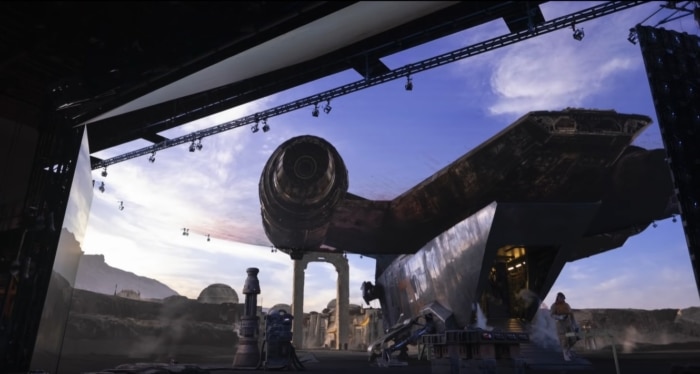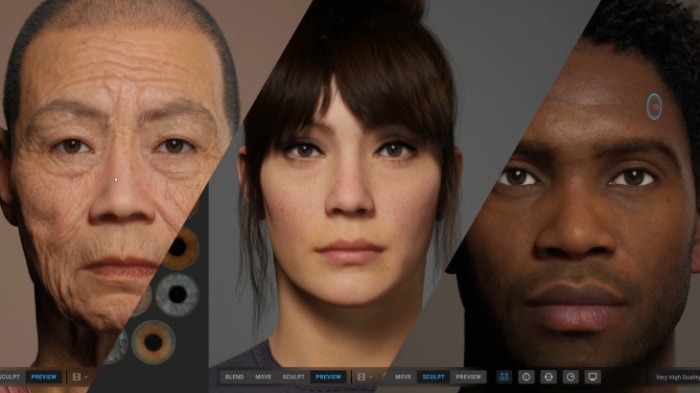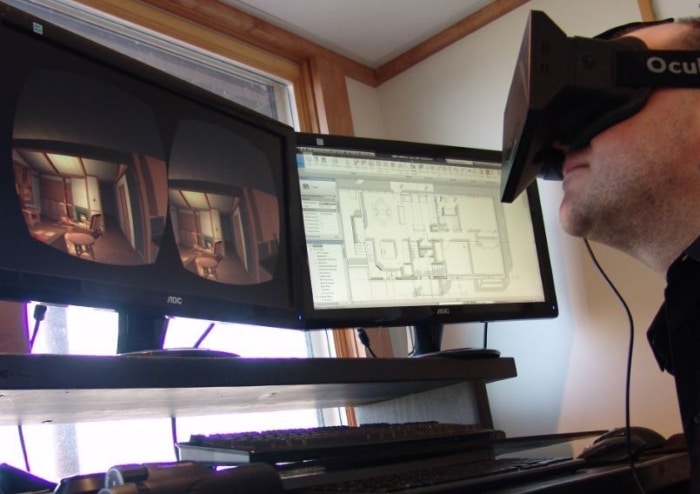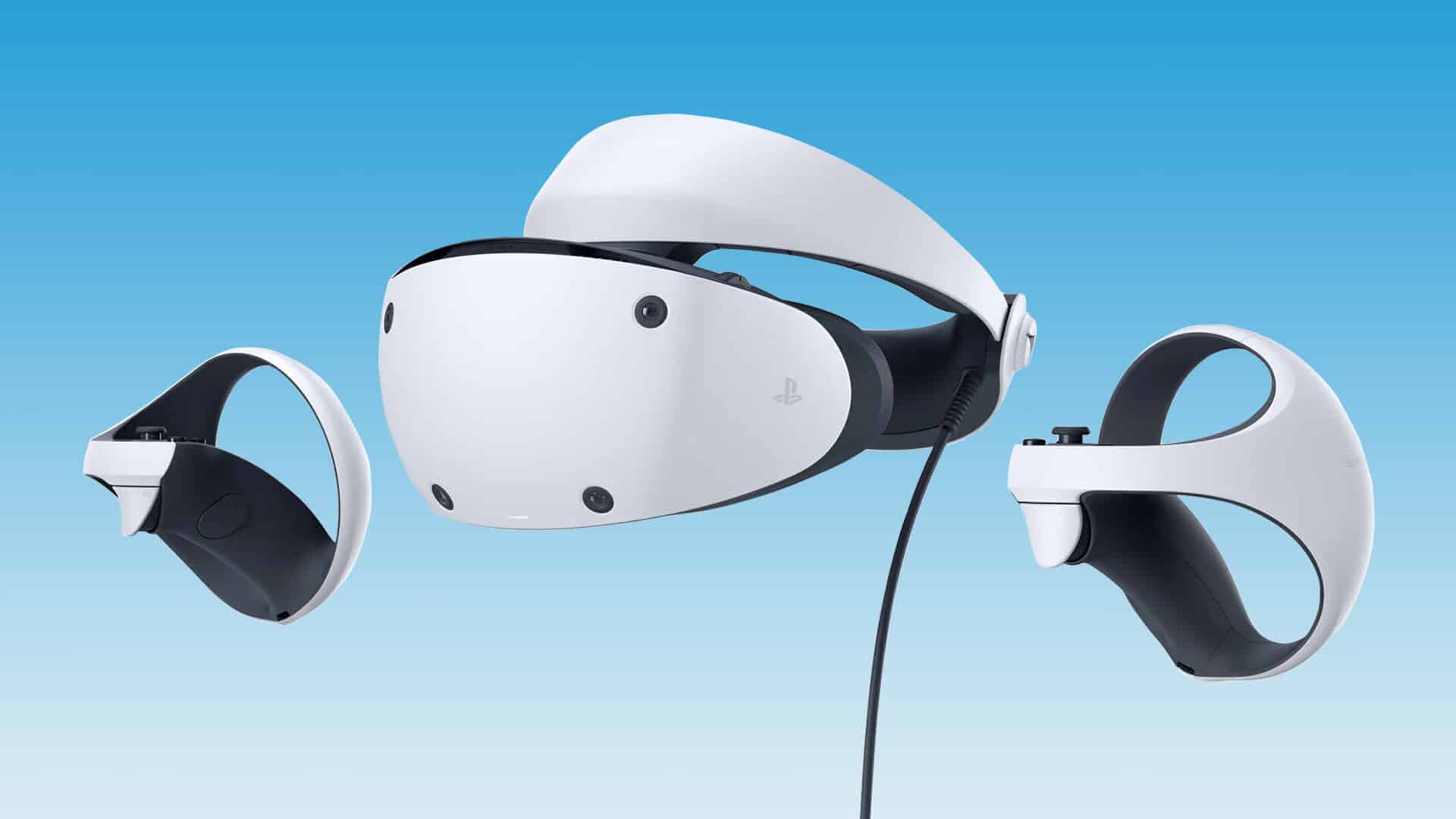The History of the Game Engine: Part 14 – The Future
Game engines have come on a long way, from the first days of level creator kits for pinball tables and basic shoot ’em-up games, to the megalith monsters of today, able to create games that are, graphically at least, occasionally indistinguishable from real life.
What does the future hold for the humble game engine?
Game Engines in Film
Over the past few years, Unreal Engine has been used to create top-tier television shows such as The Mandalorian or Westworld. With Unreal Engine 5’s incredible enhancements in areas such as lighting, combined with a continued improvement in asset libraries, it is very difficult to see the difference between something that has been filmed using traditional methods, and something created inside the engine.

More and more creators are keen to utilise something like Unreal Engine in their film projects. It offers two key things: incredible power to create virtual environments, and an extremely low-cost entry.
When comparing the current film and television special effects industry with that of twenty, thirty, or forty years ago, the difference is staggering. In the 1980s, the stop-motion effects of something like The Terminator were completely cutting edge. In the 1990s, Jurassic Park stunned audiences with its dinosaur graphics. In the 2000s, we were treated to epic sweeping scenes made from a mix of model work and computer graphics in the Lord of the Rings Trilogy.
Today, Unreal Engine 5 could do everything accomplished in these blockbuster films and a lot more, and it could do it all from your bedroom for literally tiny fractions of the cost.
Popular Products
Games have also needed a significant cast of characters with their own programmed movements – it’s something game engines have always covered. Thus, it’s not surprising that the features in modern engines to create human (or non-human) characters are second to none. Virtual people can be designed that now look and move in a completely organic way, and most people would be hard-pressed to tell the difference. For the film and TV industry, the realistic character generation is huge.
There’s a lot of work being done to move artificially-created characters out of the uncanny valley (where they look and feel almost real but disturbingly not), and every day brings new enhancements to make such problems a thing of the past. Soon, we will genuinely no longer be able to tell the difference between an actor and a game-engine-developed virtual character – some would argue that time has already passed.

As games work harder and harder to be more like interactive film experiences, and films embrace more and more game-led technology, the lines between the two biggest entertainment industries blur further and we’ll no longer be able to see where one ends and the other begins.
It’s Not Just Graphics
So much weight is put on the graphical features of game engines that other factors are often left behind, but it’s not just graphics (or the physics and maths running in the background to improve them).
The best game engines have always been powerful tools that act as a user interface layer on top of the computer itself. They don’t block programmers from accessing any of the other functions of the hardware but merely enhance that communication. Consequently, anything that can be done on a computer can be done inside a game engine, and the tools that make up the game engine can then be utilised to enhance that. This means it is technically possible to build standard business software in Unreal Engine, alongside many more engaging applications.
Remember Minority Report and Tom Cruise using some clever (for the time) virtual interfaces for his work? It’s completely viable to replicate inside a modern game engine. Want to control a robot that utilises the game engine’s physics in order to understand its environment? Not a problem. Thinking of taking data gathered on an outer space mission and then creating a virtual environment to allow scientists to safely interact with and understand that data? Now that’s relatively simple.

Game engines have grown and grown, adding more and more functionality until imagination really is the only limit.
Time for a Name Change
If anything, the biggest problem with game engines today is the idea of a “game engine”.
Originally, as we have explored through this series, the game engine was developed to allow creative professionals an easier way to design and develop games. The name made sense. It no longer does.
Unreal Engine 5 is no longer a game engine. It’s a suite of tools that allow for detailed virtual environment creation. It has the ability to generate independently controlled, artificially intelligent, human and non-human avatars and characters. It contains top-tier development mechanisms to aid programming in multiple ways, both with visual scripting and programming, and lower-level code. It has the finest in contemporary memory and data handling routines.
And yet we stifle this staggeringly impressive toolset by labelling it something that is ‘merely’ there to make games?
Popular Products
Even though the gaming industry is the largest entertainment industry in the world, there are still plenty of businesses that wouldn’t take software that’s aimed at gaming with the seriousness it deserves. Surely, a better overall term for these incredible software suites is long overdue.
Gaming in the Future
The remit of the game engine, whether or not it gets a name change, is to provide a way to free the creativity of game designers. The more obstacles can be removed between someone’s imagination and the creation of a new game, the better it is for everyone: development studios are able to make better games with smaller overheads, game designers get to see their visions really become reality, and gamers are able to play superior experiences.
By their nature, though, the growth of game engines is symbiotic with the hardware to which they are tied. In each leap of technology, processors and graphics cards have to improve to run alongside, but we’ve seen a regular cycle of technological improvements for decades. Pushed by software desires, hardware improves that then opens up more paths for software creation that then pushes back on the hardware, forcing more technological improvements… rinse and repeat for generation after generation.
Fresh In
Currently, there’s a reasonable amount of focus on Extended Reality (XR) for both gaming and more serious applications. XR is the term given to cover the three different branches of integrating digital environments with real-world ones and includes AR (Augmented Reality), VR (Virtual Reality), and MR (Mixed Reality).
While the crop of XR games thus far has failed to make any real impact in the broader gaming community, there is little doubt that the tipping point is close. And the top tier game engines are standing at the forefront, ready to enable these newer technologies for the designers looking to embrace them.
Is XR the future of gaming? In the near future, it does seem likely. There’s a hurdle in getting the average gamer to do away with the standard monitor-and-controller output and input environment they are used to, swapping a comfortable chair and ergonomically-designed handheld controller for something different.
It’s a smaller barrier than it once was, with decades of hardware design specifically to take once-clunky systems (big VR helmets and unintuitive control systems) and smooth them down into something a lot more refined. Once XR is truly possible with unobtrusive glasses and an intuitive input mechanism, a lot more people are going to be willing to sign on to the idea.

It makes sense for games to head in that direction. After all, going right back to the beginning, gamers have run towards whatever newest game offers the most realistic experience – the best graphics, the most immersive sound, and the finest storylines. Players want to allow their imaginations to fly and the more real it can seem, the better that is. XR offers an extra step towards making it seem real.
The Merging of Entertainment
The other likely outcome of game engine dominance is that the television/film industry and the gaming industry become one; after all, the only difference between the ultimate aim of both is that of interactivity. If filmmakers could create fully immersive experiences where you feel you are actually in the room with the characters, they’d jump on it, and rightfully so. An extended reality game done properly might be just that. Make it passive and it’s you following the pre-determined storyline – a film. Make it active and it’s you directing the storyline – a game.
Both are close to possible with current game engine technology. A generation or two of hardware and software development along and it could become the norm.
Why would anyone tear themselves away to deal with real life?
A World for Creatives

In this series, we have examined the birth and evolution of the game engine from a desire for a few shared tools in the 1980s to the incredible tools available today. It really is a different world now. Forty years ago, there were no computer game designer professionals, not really. It wasn’t something you could learn at university or a career path that would make your parents proud. Now, there are so many opportunities for passionate creatives to turn their dreams into realities – virtual or otherwise.
Game engines have done a huge amount to remove the elitism from game development and, just as the printing press revolutionised writing and reading, game engines are making a huge impact on the accessibility of entertainment creation.
It is, in truth, a very exciting time.
Fresh In

